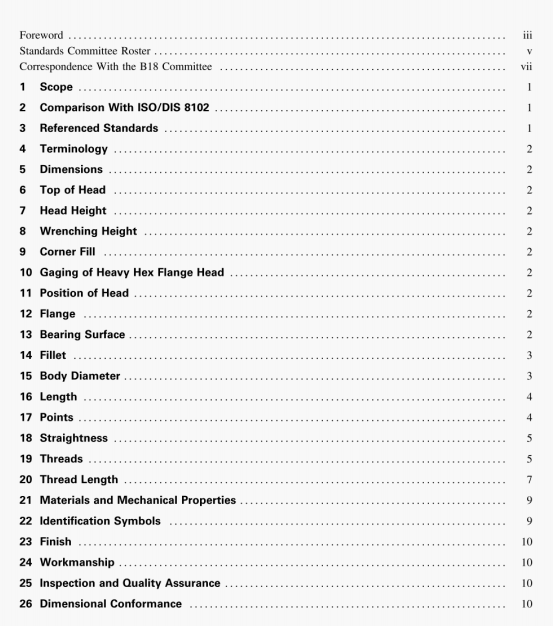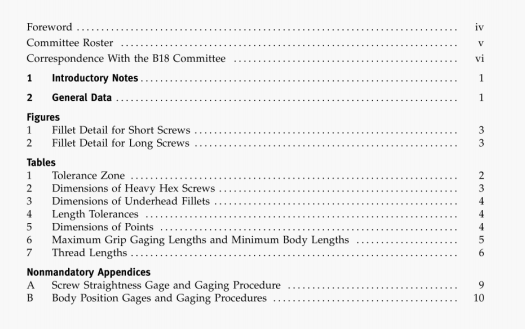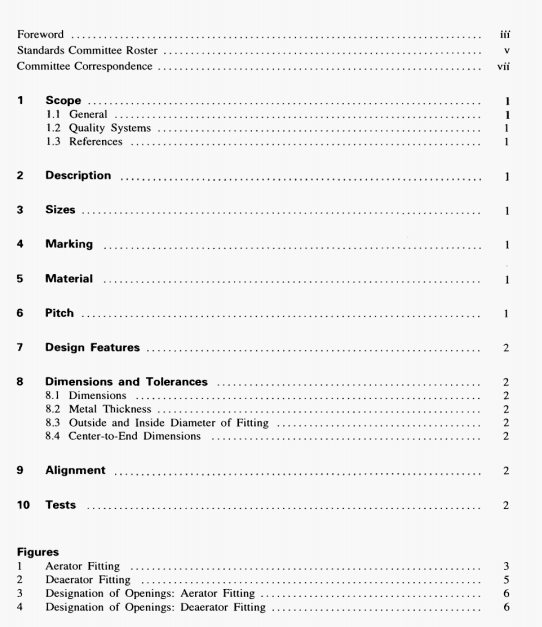Abstract: ASME B31G:2009 pdf download.Manual for Determining the Remaining Strength of Corroded Pipelines. Owing to its iterative nature, it is a practical necessity to use a computer program or other algorithmic approach (e.g., a spreadsheet) in ord...
ASME B31G:2009 pdf download.Manual for Determining the Remaining Strength of Corroded Pipelines.
Owing to its iterative nature, it is a practical necessity to use a computer program or other algorithmic approach (e.g., a spreadsheet) in order to carry out an evaluation using the Effective Area Method.
The “API 579 Level 2” assessment, when reduced to its simplest form, is equivalent to the Effective Area Method presented herein, and therefore qualifies as a Level 2 assessment for purposes of meeting the requirements of this document. Refer to API 579-1 /ASME FFS-1 for detailed instructions.
I References: Same as in para. 2.2(b).J
2.4 Level 3 Evaluation
A Level 3 evaluation typically iiwolves a detailed analysis, such as a finite element analysis of the corroded region. The analysis should accurately consider or account for all factors which could affect the accuracy of results, including loadings including
internal pressure and external forces; boundary conditions and constraints; ovality, deformations, misalignments, and
discontinuities; material stress—strain characteristics; and effects of the flaw on the overall distribution of loads and
stresses. A failure criterion should be developed that considers the strain capacity or fracture resistance characteristics of the material. Similar issues should be considered in developing a suitable safety factor as were described for a Level I or Level 2
analysis.
Recommended:
ASME A112.1.2:2012 pdf download ASME 14414:2015 pdf download ASME 30.9:2021 pdf download ASME Y14.1-2020 pdf download



